What Is Strategic Media Placement?

If you’re a business that is just starting to create a marketing plan, you’ll want to think about strategic media placement. These are the methods you use in creating, implementing, and reviewing a plan to use media outlets to advertise your business, whether it’s on a local or a global scale.
Media might include newspaper and magazine ads, radio spots, billboards, internet ads, podcast interviews, television commercials, mailed advertisements, text or email blasts, and ads on social media. There are certainly more ways to advertise, but this can cover the majority of ways people see advertising media in the world.
Not every business is the same, but here are the general things to consider when creating your own strategic media placement:
1. Know Your Market
It’s probably safe to say that you know your industry if you already have a business set up and running. Having situational awareness of not just your own industry but the businesses around you can be extremely useful when it comes to your strategic media placement. Maybe you run a party supply store. Are there other party suppliers around you? If there are, do they have a particular niche that they market to? Maybe you can have an edge when it comes to children’s birthday parties or when it comes to funny wrapping paper.
Is there a particular landmark near your store? Maybe you can incorporate that into some of your products to bring in more business, or maybe you can partner with another business that complements what you do. Maybe your party store can partner with a magician or a clown or another performer for their party, and they can recommend you to their clients and vice versa.
2. What’s Available?
Based on the information you already know about your business, you’re probably familiar with your audience and demographics. Now you want to think about what kind of media is available in your area that your audience will respond to. If you’re catering to an older audience, for instance, consider what newspapers and print media are around you. Are there local newspapers or magazines you can look into that you haven’t tried yet?
Instagram is a great way to reach folks who are ages 25 to 34. Their user base has quietly doubled within the past three years (as of March 2022). Is there a high number of people who commute by public transit in your area? Advertising at bus stop terminals and on light rail trains would be a great option since public transportation has a captive audience. They can’t help but see those ads every day as they travel to and from their workplaces.
3. Budget
There’s nothing worse than spending money that you don’t get a return on. First, make sure you are realistic about your goals. How much do you have available right now to put into that budget? It’s not a great idea to commit money you don’t actually have in this case. Are your conversion goals of potential buyers to current customers appropriate? You will also want to think about what your definition of success is—do you want to double your customer base? As a small business, this could be easily reached. As a huge conglomerate, that might be a lot more difficult and require much more money and energy.
The budget can actually be the most difficult part of your strategic marketing plan altogether, so there are tools out there to help you research, manage, and organize pertinent information. You’ll need to be completely knowledgeable about everything that goes into planning your budget, otherwise, you might go overboard by accident.
It would be great if you did get a huge return on your investment, but you shouldn’t bank on it, especially when you’re first starting out. Consider this a marathon rather than a sprint. You want to grow your business at a steady pace, and your budget will grow along with your business.
4. Reach Your Audience
It would be good to take some time to think about the location of your business. If you’re only one brick-and-mortar location, your strategic media placement will be different than if you have multiple locations across the country. Internet marketing can be valuable either way, but you’ll have to work with it differently depending on the size of your business.
Let’s say you are a clothing store with one location. Your strategic media advertising would be much more effective if you target local areas rather than on a global scale. In this example, it might be better to focus more on your neighborhood, unless you have the infrastructure to ship orders and a sizing chart that is easy to follow.
5. Be Flexible
The fun doesn’t stop once the campaign is underway. You should continually refine your campaign, analyze the data, and take any feedback you can get. There are many ways you can do this, but some ideas include sending surveys in follow-up emails or texts to your customers after they’ve made their purchases, paper feedback cards, or monitoring and responding to your Google and Yelp reviews.
If you find that a lot of your responses sound similar, maybe there’s a way to update your campaign. It may not even be a problem; it could simply be anticipating a customer’s need.
You could be a restaurant owner who finds that a lot of your evening crowd comes in after the dance school finishes their last class. Maybe your customers find they feel a little rushed toward the end of the night as you get to closing time. This is a great opportunity; you can offer coupons or deals for customers at the dance school to come to happy hour after dance classes and maybe lengthen your evening hours on those nights. It’s important to always keep improving.
At InnoVision, our creative team members enjoy bringing your vision to life, whether it’s your branding or a whole strategic media campaign. Let us bring your marketing to life—contact us today.

















